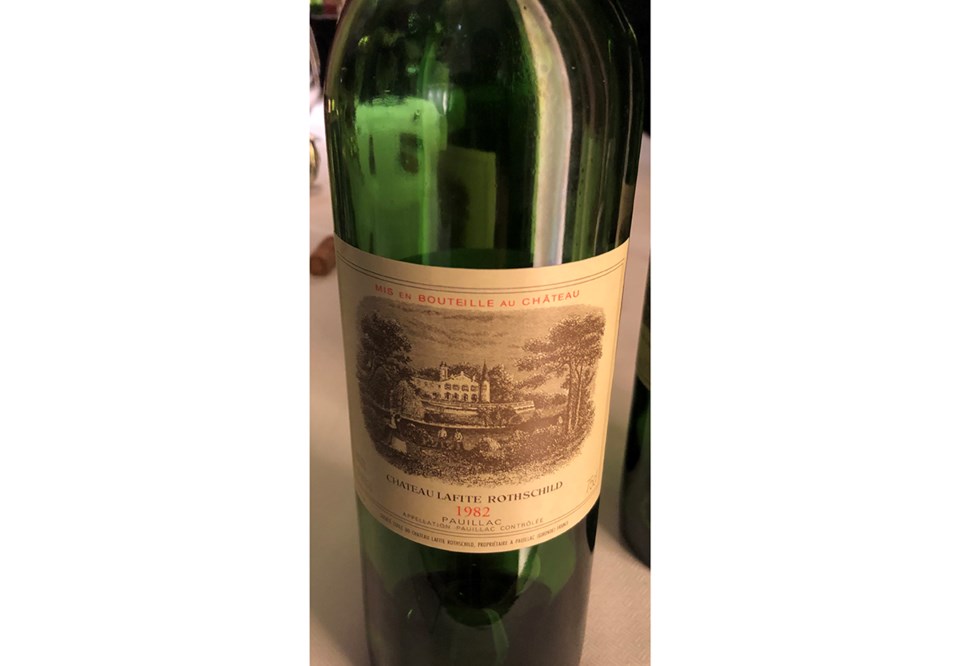The majority of wines that I drink come from one region in France: Bordeaux. I have had the good fortune of drinking a lot of Bordeaux ... good wines, bad wines, new vintages, very old vintages -- you name it, I have had it.
The majority of the wines bought and sold at auction are Bordeaux wines. Each year, the most anticipated wine release at our liquor stores is the Bordeaux release in late fall where people line up overnight to have an opportunity to buy these wines. So what makes Bordeaux wines so special? In building anticipation to this year’s Bordeaux release, I am doing a multi-part series over the course of the next few months on Bordeaux wines.
In this article, I try to answer, from my personal perspective, why Bordeaux? Here are a few things you should know about Bordeaux wines:
- They are not value wines in the traditional sense of the word. In general, Bordeaux wines are not inexpensive. Typically, the better Bordeaux wines are going to be expensive. But that is not to say they don’t give you good value.
- Bordeaux wines are meant for mid and long term aging. Most Bordeaux wines will need at least five or more years of aging to be drinkable. There are few wine regions that can outlast Bordeaux wines so if you think of the storing potential of Bordeaux wines, paying over $50 for a wine you can store for 20 years doesn’t seem like that bad a deal.
- Most Bordeaux wineries only make a limited number of wines -- instead of making a wide range of wines, Bordeaux wineries generally make one to two red and white wines each. Some wineries only make one wine period. When it is red, it is usually a blend dominated by Cabernet Sauvignon and Merlot. On the otherhand, white wine is a blend of Sauvignon Blanc and Semillon. So for the entire region, you are comparing wines using very similar grape varieties, which makes it easy and fun to compare Bordeaux wines solely based on vintage, terroir and production quality.
- Bordeaux wines evolve – Bordeaux wines evolve over time and change over vintages. I love sitting down with a glass of Bordeaux and see it evolve multiple times throughout a night or over several days. Drinking the same wine several years later, I often see remarkable change in the wine. So when I drink Bordeaux, it is actually like drinking several different wines at once.
- Bordeaux has a limited amount of wineries. Despite being quite a large region, there are actually not that many wineries in Bordeaux. For example, there are only 65 “Growth” wineries (which I will talk about in a later article). You can easily start to identify and get attached to a certain winery and its style of wine so that it almost becomes like your favourite soccer or hockey team.
Hope I have wet your appetite for Bordeaux wines!
Each article, I recommend a wine. Let’s start your Bordeaux journey with the Clarence Dillon 2015 Clarendelle (SKU 894618, $29.99). Owned by the same company that owns one of Bordeaux’s top wineries (Chataut Haut Brion), this wine is a good introduction into the world of Bordeaux. Blend of mostly Merlot with a bit of Cabernet Sauvignon and Cabernet Franc, this wine can be drunk right away but can also be aged for a few years You will get classic dark fruit and oak aromas but a subtleness in taste.
Tony Kwan is the Richmond News' new columnist. Lawyer by day, food and wine lover by night, Kwan is an epicurean who writes about wine, food and enjoying all that life has to offer.



